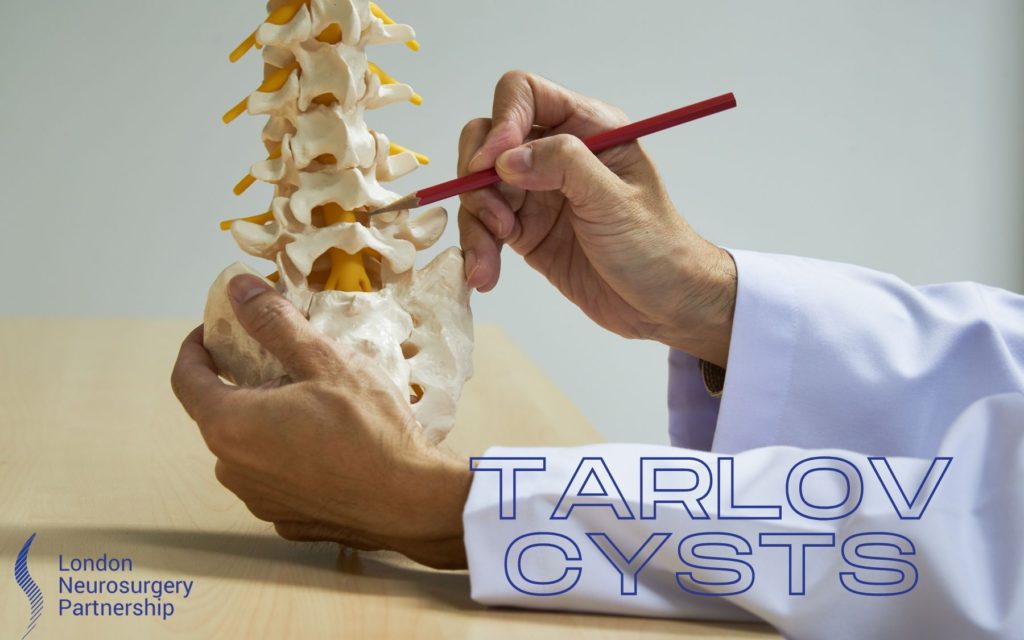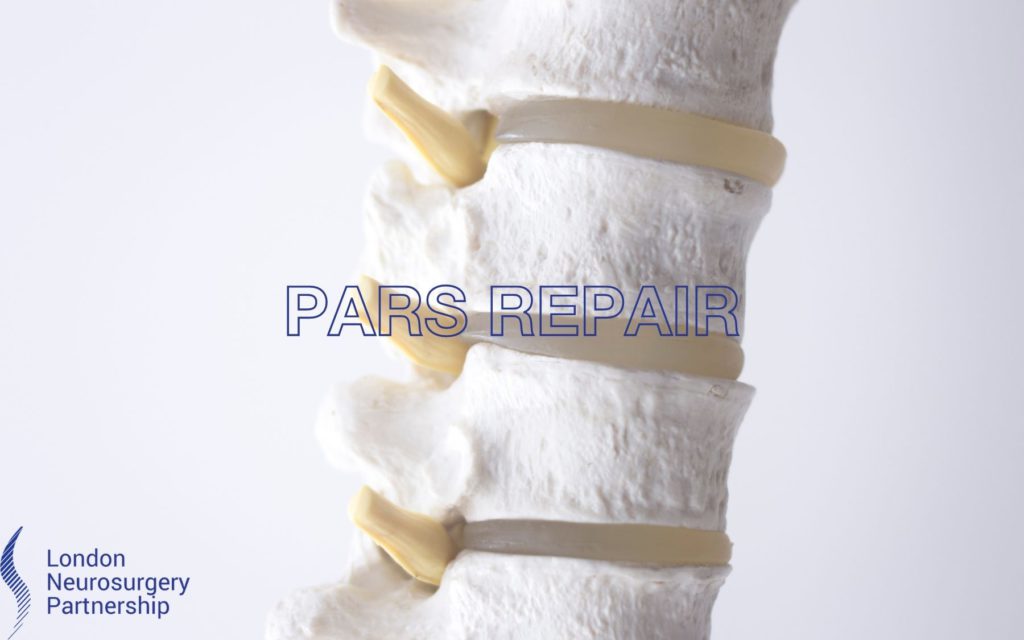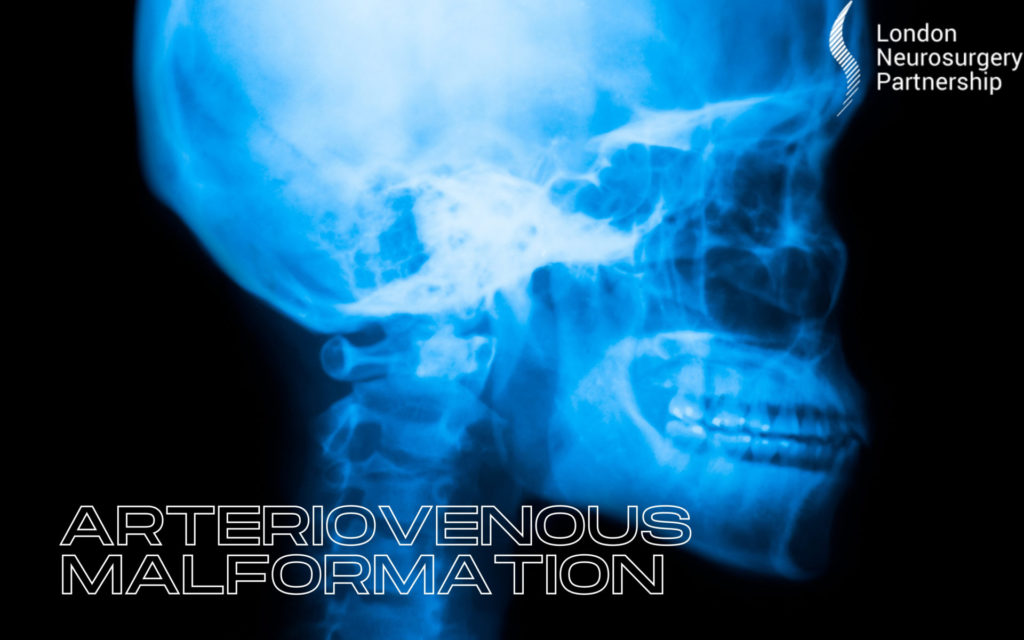
Tarlov cysts are sacs filled with cerebrospinal fluid that are found in the spinal cord. They commonly affect the nerve roots in the sacrum. The exact cause for these cysts is unknown and can typically cause no symptoms and are found when undergoing diagnostic investigations for other health conditions.
Generally, the larger the cyst grows the more likely you are to experience symptoms as the cyst will be compressing the nerve root. This can cause pain when sitting, standing, walking and laying down. The pain may feel sharp and sudden or burning, usually at the lower back and hip area and it may start to radiate down towards the buttocks and legs. The symptoms associated with Tarlov cysts are:
- Pain from the affected area by the cysts
- Weakness and numbness
- Incontinence
- Sexual dysfunction
- Constipation
- Headaches due to CSF pressure
- Difficulty walking and sitting for period
- General pain and deterioration
Tarlov cysts can easily mimic other conditions and sometimes this can make it difficult to diagnose, especially if the doctor has not come across this type of cyst before. The best form of diagnosis is having an MRI scan as this will take real-time images of the spine in a specific sequence and will be able to show any cysts protruding the nerves and spinal cord.
If a Tarlov cyst is not causing any symptoms and is small in size then the best option will be to watch and wait, it is not always necessary to begin surgical intervention if the patient is not in pain or at risk. Simple monitoring will be used to check the state of cyst and to see if it is growing in size, it will also give the patient an opportunity to speak with the doctor if any symptoms have arisen since the diagnosis.
Medications like NSAIDS can be prescribed to control any inflammation or irritation affecting the nerve root. A TENS machine or electrical nerve stimulation are also used to help pain.
Draining or shunting the cyst is a treatment option to relieve pressure that has been affecting the nerve roots but there is still a chance of recurrence. Injecting the Tarlov cyst at its source with fibrin glue will help with pain and symptoms it is causing. Fibrin glue can also be used to seal or close the cyst and prevent it from filling back up again.
Treatment and surgical routes all depend on how symptomatic the patient is, the size of the cyst and whether it is responding to conservative methods well. For some, the above treatment will work wonders and a patient will feel relief and less symptomatic almost immediately and some may not respond well at all.
Surgical options may vary and the doctor will choose a treatment route specifically tailored to the patient.
Drainage of Tarlov cyst is a surgical option where the cyst can be drained and removed from the spine. This option usually comes in to effect when more conservative treatments have not worked and the cyst is reoccurring.
If you have a Tarlov cyst and would like to discuss your options in more detail then please do not hesitate to contact our office for a consultation.
This article is intended to inform and give insight but not treat, diagnose or replace the advice of a doctor. Always seek medical advice with any questions regarding a medical condition.
Back to spinal conditions.





0 Comments